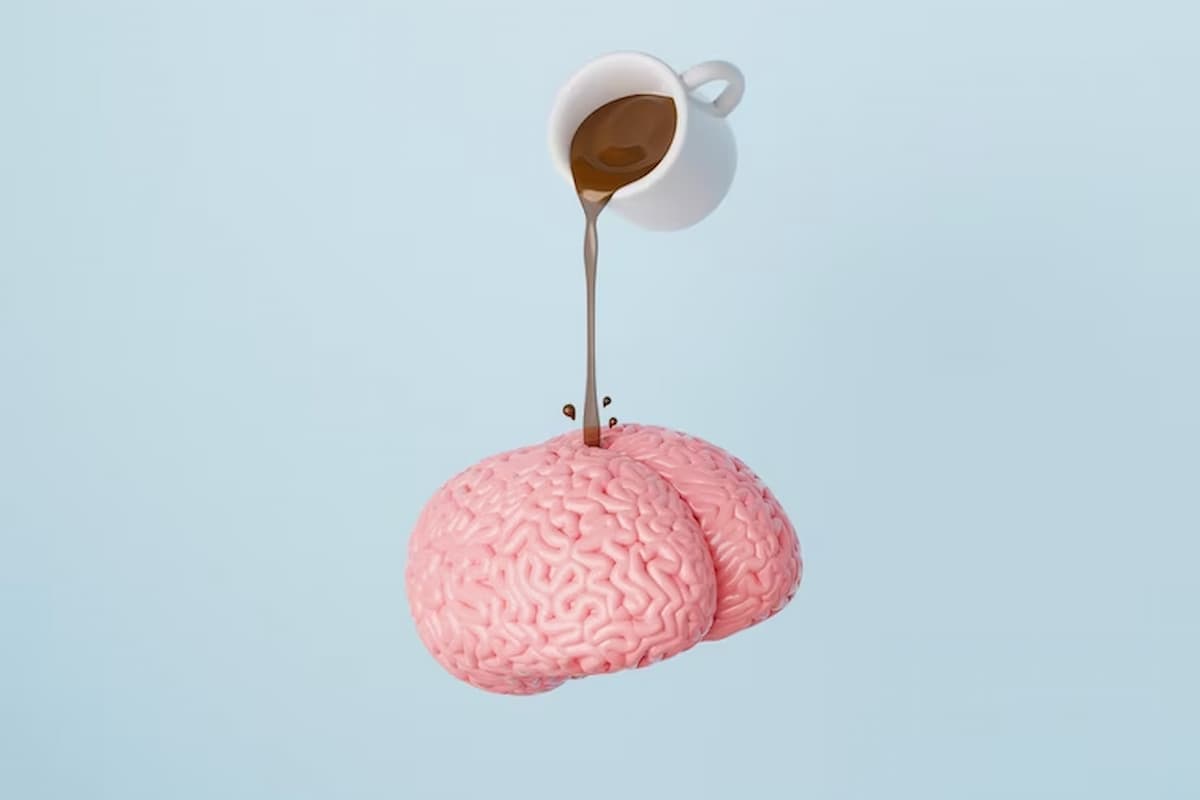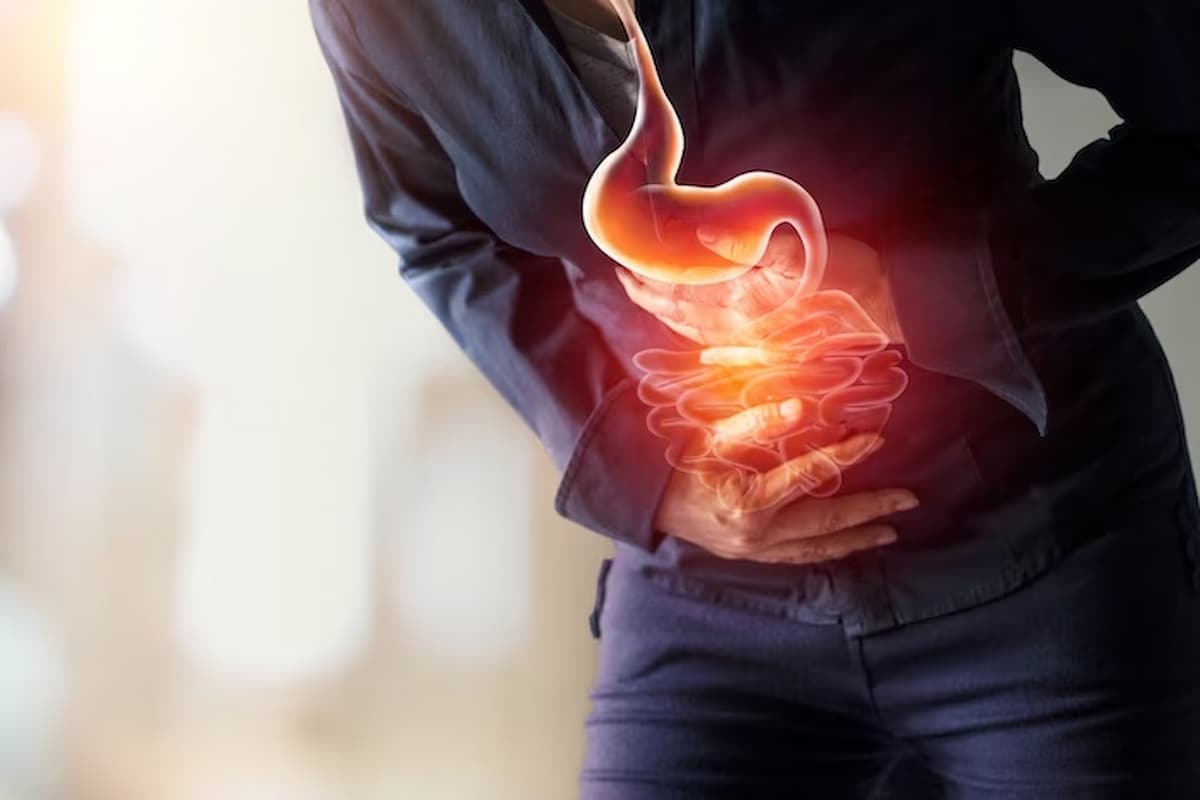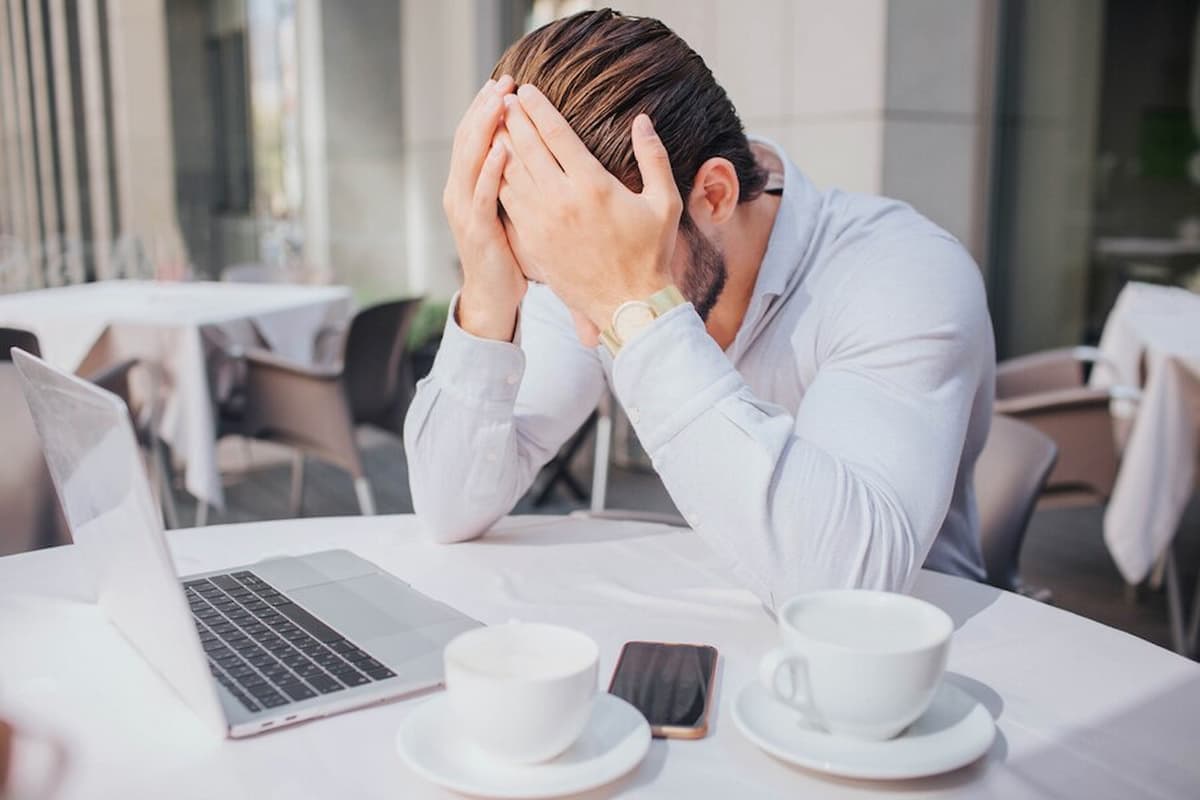Coffee is one of America’s favorite drinks. People enjoy it not only for the taste but also because it helps them feel awake and focused. Many drink coffee daily without realizing how much caffeine they are consuming. In this article, we’ll explore how much caffeine is found in various types of coffee.
Knowing exactly how much caffeine is in your coffee can help you manage your energy and avoid problems like headaches or sleep issues. Since caffeine affects everyone differently, it’s useful to understand what type of coffee fits your daily needs. Let’s look at how caffeine works and what amounts you typically find in common coffee types.
We’ll also provide simple, easy-to-understand details about caffeine content in espresso, regular brewed coffee, instant coffee, decaf, and popular café drinks. After reading this guide, you’ll have clear information to help you make smart coffee choices.
What Is Caffeine?
Caffeine is a natural substance found in coffee beans, tea leaves, and some soft drinks. It works as a stimulant, meaning it increases activity in your brain and nervous system. Drinking coffee helps you feel more alert and awake because caffeine blocks a chemical in your brain called adenosine, which makes you feel tired.
When caffeine blocks adenosine, your body produces adrenaline, causing your heart to beat slightly faster and your blood pressure to rise a little. This reaction gives you a boost of energy and helps you feel more focused and ready to tackle tasks. However, these effects are temporary and usually wear off within a few hours.
While caffeine can be helpful in moderate amounts, drinking too much caffeine can cause negative effects like feeling anxious, jittery, or having trouble sleeping. This is why it’s important to know how much caffeine you consume each day, especially if you’re sensitive to its effects.
How Much Caffeine Is in Different Types of Coffee?
Different types of coffee have varying amounts of caffeine. The amount depends on how coffee is prepared, the beans used, and even the serving size. Let’s look closely at each coffee type and the caffeine it typically contains.
| Coffee Type | Serving Size | Caffeine Content (mg) |
|---|---|---|
| Regular Brewed Coffee | 8 oz | 95 mg |
| Espresso | 1 oz (shot) | 64 mg |
| Instant Coffee | 8 oz | 62 mg |
| Decaffeinated Coffee (Decaf) | 8 oz | 2-5 mg |
| Americano | 8 oz | 77 mg |
| Cappuccino | 6 oz | 77 mg |
| Latte | 8 oz | 77 mg |
Regular Brewed Coffee
One regular 8-ounce cup of brewed coffee usually has about 95 mg of caffeine. This coffee is prepared by pouring hot water over ground coffee beans. It is the most common way people drink coffee at home or in diners across America.
Because it’s simple to prepare and has a pleasant, balanced flavor, brewed coffee is a favorite morning choice. However, if you drink multiple cups, the caffeine can quickly add up. For example, drinking four cups can bring your daily caffeine intake close to 400 mg, the recommended maximum for most healthy adults.
Espresso
Espresso is a concentrated, strong coffee typically served in small cups. A single 1-ounce shot of espresso usually contains around 64 mg of caffeine. Even though espresso tastes stronger and is more concentrated, one shot has less caffeine compared to a full cup of regular coffee because the serving size is smaller.
Espresso is the base for many popular coffee drinks, such as cappuccino, latte, and americano. When multiple shots of espresso are used, the caffeine content can become significantly higher. For example, a double shot (2 ounces) has about 128 mg of caffeine.
Instant Coffee
Instant coffee is made by mixing hot water with coffee powder. An 8-ounce cup of instant coffee typically contains about 62 mg of caffeine, which is less than brewed coffee. Instant coffee is popular due to its convenience, especially when traveling or when there isn’t enough time to brew coffee.
Although instant coffee contains slightly less caffeine, it can still provide a moderate energy boost. However, those looking for stronger caffeine effects might prefer brewed coffee or espresso.
Decaffeinated Coffee (Decaf)
Even decaffeinated coffee (often called decaf) contains a small amount of caffeine. A typical 8-ounce cup of decaf coffee has around 2 to 5 mg of caffeine. Although this amount is very small and generally won’t affect most people, some who are extremely sensitive to caffeine might still notice its effects.
Decaf coffee is a good choice for those who enjoy the taste of coffee but prefer to avoid the stimulating effects of caffeine. It’s also a safe option later in the day to avoid interfering with sleep patterns.
Factors That Affect the Amount of Caffeine in Coffee
Several things can affect coffee’s caffeine content. Understanding these factors can help you control how much caffeine you’re drinking every day. Let’s explore some of the most important ones:
Type of Coffee Bean
Different coffee beans have slightly different caffeine levels. Robusta beans generally contain more caffeine than Arabica beans, the most commonly used beans in America. Arabica beans offer a smoother taste, while Robusta beans provide stronger flavor and more caffeine.
Brewing Method
The method used to brew coffee also affects caffeine content. Coffee brewed with a French press or drip coffee maker often has more caffeine per cup compared to instant coffee or espresso. Methods that use hot water for longer periods, such as drip brewing, usually result in higher caffeine extraction.
Amount of Coffee Used
The more coffee grounds used, the more caffeine will be in the coffee. This means if you prefer your coffee stronger and use extra coffee grounds per serving, you’ll also increase your caffeine intake. Adjusting the amount of coffee can help manage how much caffeine you’re consuming daily.
How Much Caffeine Is Safe?
Most healthy adults can safely consume up to 400 mg of caffeine each day, which equals roughly four cups of regular brewed coffee. Consuming more than this amount might lead to unwanted effects such as jitteriness, anxiety, headaches, or trouble sleeping.
It’s important to remember that caffeine tolerance varies between people. Some individuals may feel sensitive to caffeine even at lower doses, while others tolerate higher amounts without issues. Women who are pregnant, nursing mothers, and those with medical conditions should consult their doctor to determine their safe caffeine limits.
To safely enjoy coffee, it helps to understand your own caffeine tolerance. Pay attention to how caffeine makes you feel and adjust your coffee drinking habits accordingly. Moderation is key to enjoying the benefits of caffeine without the negative side effects.
Final Thoughts
Coffee is an enjoyable and popular drink that provides a helpful boost of energy thanks to its caffeine content. Understanding how much caffeine is in different types of coffee can help you make smarter choices and manage your daily intake safely.
Whether you prefer espresso, brewed coffee, instant coffee, or decaf, knowing exactly how much caffeine each type contains will help you choose wisely. Enjoy your coffee responsibly, and use this guide to keep your caffeine levels balanced and healthy every day.





